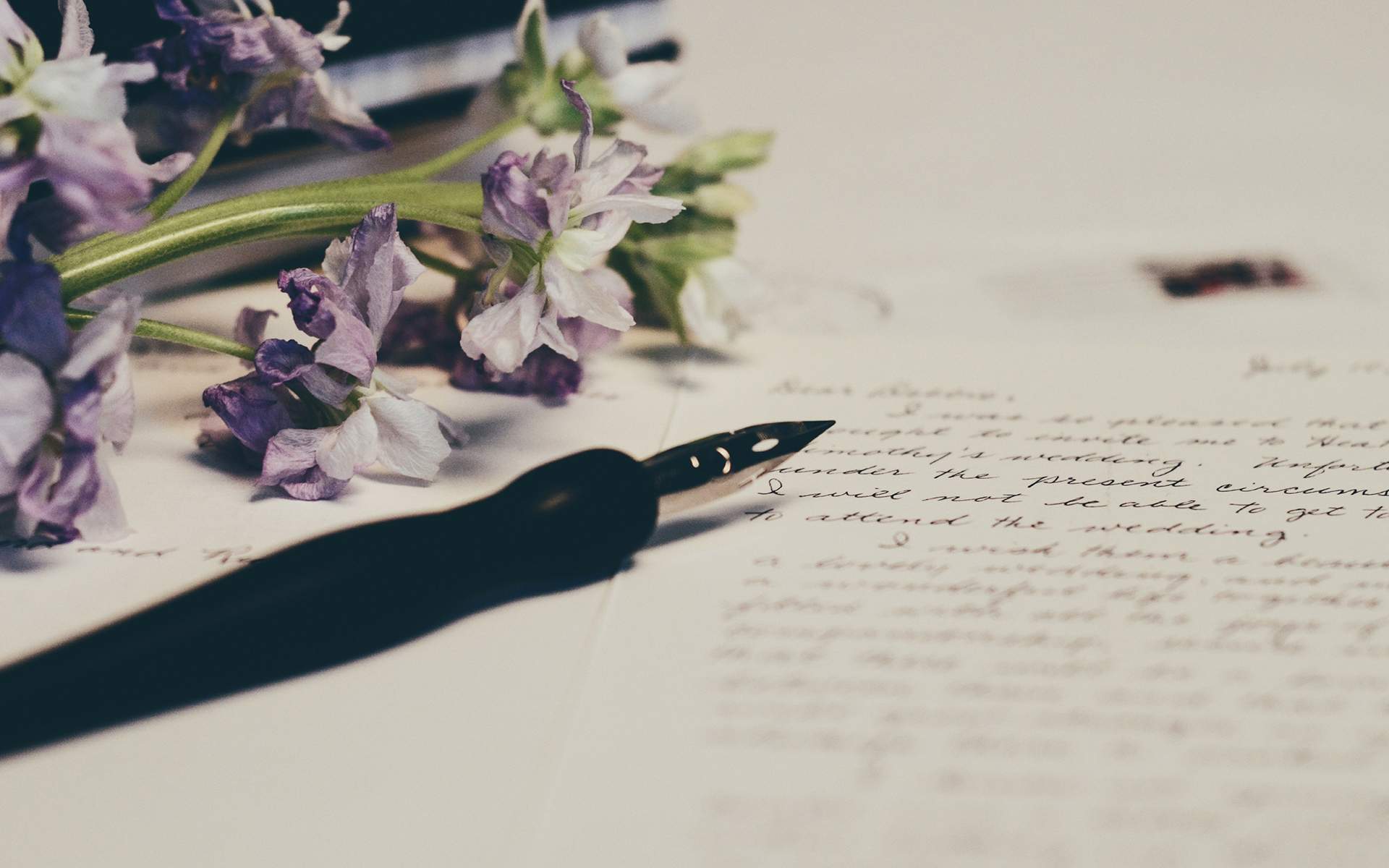I’m writing this article in a state of meditation. And there’s no editing required (for the first round, anyway). How am I accomplishing this? And how could you join in the fun?
Follow these instructions to find out:
Set a timer for 30 minutes
Carve out some dedicated time for this practice. This is because the initial part of your writing is a bit of a detox—you’re releasing superfluous thoughts. And as time goes by, you’ll find your train of thoughts will begin to expand…with a bit of curiosity and experience!
Keep your eyes closed
If you’re able to touch-type at your computer keyboard, great. If that’s not possible for you, you might want to try this exercise on a notepad with a pen or pencil. But in that case, unless you’re some kind of writing genius, keep your eyes open.
At the end of every sentence, stop for a full in-breath and out-breath
Really. Every single full stop means: inhale and exhale. Try to bring feelings of warmth, kindness, and friendliness to each breath. Not so much thinking positive thoughts, but feeling that feeling you get when you look at a little cute puppy or baby. If you find yourself yawning, that’s okay. You probably need some rest to unwind. Good news: a writing meditation is a perfect way to do that. If you do somehow fall asleep on your keyboard or notes, congratulations—you really needed that sleep.
Begin with no clear aim
So what to write about? I started with no clear aim. I wasn’t planning to write this particular blog post. The first 15 minutes of my writing was pretty funny and random and centered around my present moment feelings in my mind and body. And then this blog post emerged. That is the beauty of this meditation: No forcing, just letting things emerge naturally. Finding your own way. And just because I used this method, doesn’t mean you need to copy. You may prefer to write on paper and pause every paragraph rather than every sentence. You may like to start with a clear aim, or at least a general idea of what you’re going to write about. Use your gut feelings and do what feels right for you.
I don’t just sit in the silence waiting for inspiration. I write whatever emerges in my head. And if there’s nothing in my head, I write that there’s nothing in my head. That helps to keep the flow.
Breathe while you write
I write a sentence after every breath. By that I mean, I keep writing. I don’t just sit in the silence waiting for inspiration. I write whatever emerges in my head. And if there’s nothing in my head, I write that there’s nothing in my head. That helps to keep the flow. Sometimes, especially at the beginning, when I stop writing to breathe after every sentence, I feel like I’m losing my flow. But after about ten minutes or so, I get used to it. My body relaxes and words emerge.
The Benefits of Mindful Writing
You may be wondering, “What’s the point of journaling.” Here are some the benefits I’m enjoying right now as I write:
- My body feels happy and relaxed.
- My mind feels calm and peaceful.
- I’ve gently entered into a meditative state without having to fully stop “doing stuff.”
- I’m doing something different, so it feels fun and exciting. And having fun is a really important value and experience for me.
Try to find time to write regularly—perhaps once or twice a week if it suits your schedule. I’d do this practice daily if I had the time. You’ll find writing topics that suit your style, too: maybe you’d enjoy writing in a gratitude journal, where you keep a physical recording of a few things during the week that made you feel great. Or maybe you’ll want to keep things loose and tuned to whatever rises in the present moment.
more mindful writing practices
A Simple Weekly Mindfulness Practice: Keep a Gratitude Journal
Cultivate happiness by taking note of the good around you with this weekly journaling practice.
Read More
The Simple Joy of Writing by Hand
Coloring for relaxation is all the rage now. Handwriting can provide the same reward, and stimulate the brain in ways that typing simply does not. It can also be a meditative practice.
Read More









